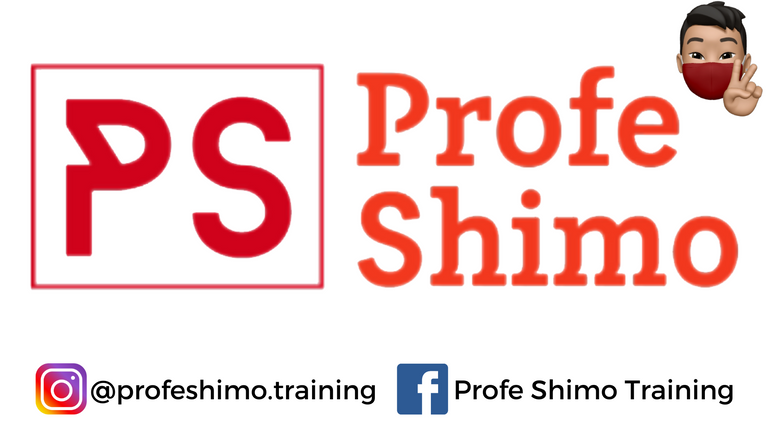▶️ Watch on 3Speak


Hola a la Comunidad de Full Deportes, soy Profe Shimo y en este Post vamos a hablar de la fuerza de los brazos en Pilates.
En este caso vamos a utilizar un bastón rígido para agarrarlo con las manos y poder hacer la fuerza con ambos brazos a la par.
Hello to the Full Sports Community, I am Professor Shimo and in this Post we are going to talk about the strength of the arms in Pilates.
In this case we are going to use a rigid cane to grasp it with the hands and be able to exert force with both arms at the same time.
En Pilates buscamos trabajar todo el cuerpo, sobretodo la POSTURA del cuerpo, y es por ello que al estar acostados, los movimientos que realizamos, a la vez está alineando la columna, pero es clave concientizar este apoyo para mejorar en la vida cotidiana. Y es por ello que los profesores estamos muy pendientes de estas cualidades.
In Pilates we seek to work the whole body, especially the POSTURE of the body, and that is why when we are lying down, the movements we make, at the same time align the spine, but it is key to be aware this support to improve in daily life. And that is why teachers are very aware of these qualities.

En este caso, el trabajo es de Tren Superior, específicamente de la Espalda, Hombros y Triceps. Pero a su vez, concentramos el ejercicio combinado con la respiración y concentración debida para poder encontrar el esfuerzo en aquellos músculos objetivo. Esto se demonima CONSCIENCIA CORPORAL, que es saber en qué posición está nuestro cuerpo y qué músculos estoy trabajando. Esto lleva tiempo y no es algo que se aprenda el primer día. Y de esta manera podemos mejorar y hacer más eficiente cada ejercicio realizado.
In this case, the work is on the Upper Body, specifically the Back, Shoulders and Triceps. But at the same time, we concentrate the exercise combined with breathing and due concentration to be able to find the effort in those target muscles. This is called BODY CONSCIOUSNESS, which is knowing what position our body is in and what muscles I am working. This takes time and is not something that is learned on the first day. And in this way we can improve and make each exercise performed more efficient.

EJERCICIO #1

EJERCICIO #2

EJERCICIO #3

EJERCICIO #4


Como siempre digo, es TAN IMPORTANTE la entrada en calor como el ejercicio mismo para disminuir el riesgo de lesiones y para preparar nuestro cuerpo para realizar una actividad física de fuerza o intensa. Por lo que la movilidad de nuestros hombros, codos y cintura son clave para estos ejercicios.
As I always say, warming up is SO IMPORTANT as the exercise itself to reduce the risk of injury and to prepare our body for vigorous or intense physical activity. So the mobility of our shoulders, elbows and waist are key to these exercises.
d-
f-
Al igual que la entrada en calor, la parte de estiramiento o relajación muscular es otra de las partes del entrenamiento que siempre tienen que estar. A diferencia de la entrada en calor, en los estiramientos buscamos como objetivo el relajamiento de los grupos musculares trabajados y de la frecuencia cardíaca para volver a estar
en un estado de reposo y evitar que el corazón bombee sangre de mas.
Like the warm-up, the stretching or muscle relaxation part is another part of the training that always has to be there. Unlike warming up, in stretching we seek to relax the muscle groups worked and the heart rate to return to being
in a resting state and prevent the heart from pumping extra blood.

Espero que les haya gustado el Video. Me gustaría saber si ustedes han trabajado alguna vez en Pilates! Los leo en los Comentarios! Saludos! 👋
I hope you liked the Video. I would like to know if you have ever worked in Pilates! I read them in the Comments! Greetings! 👋

Canción del video: Ikson - Lights (Vlog No Copyright Music)
Traductor: Google Translation
Audio: iPhone 6s
Cámara: iPhone 12Mini
Imágenes y Video: De mi autoría @Her18Lux en Canva y utilicé Filmora para editar el video

Facebook
Instagram
▶️ 3Speak











